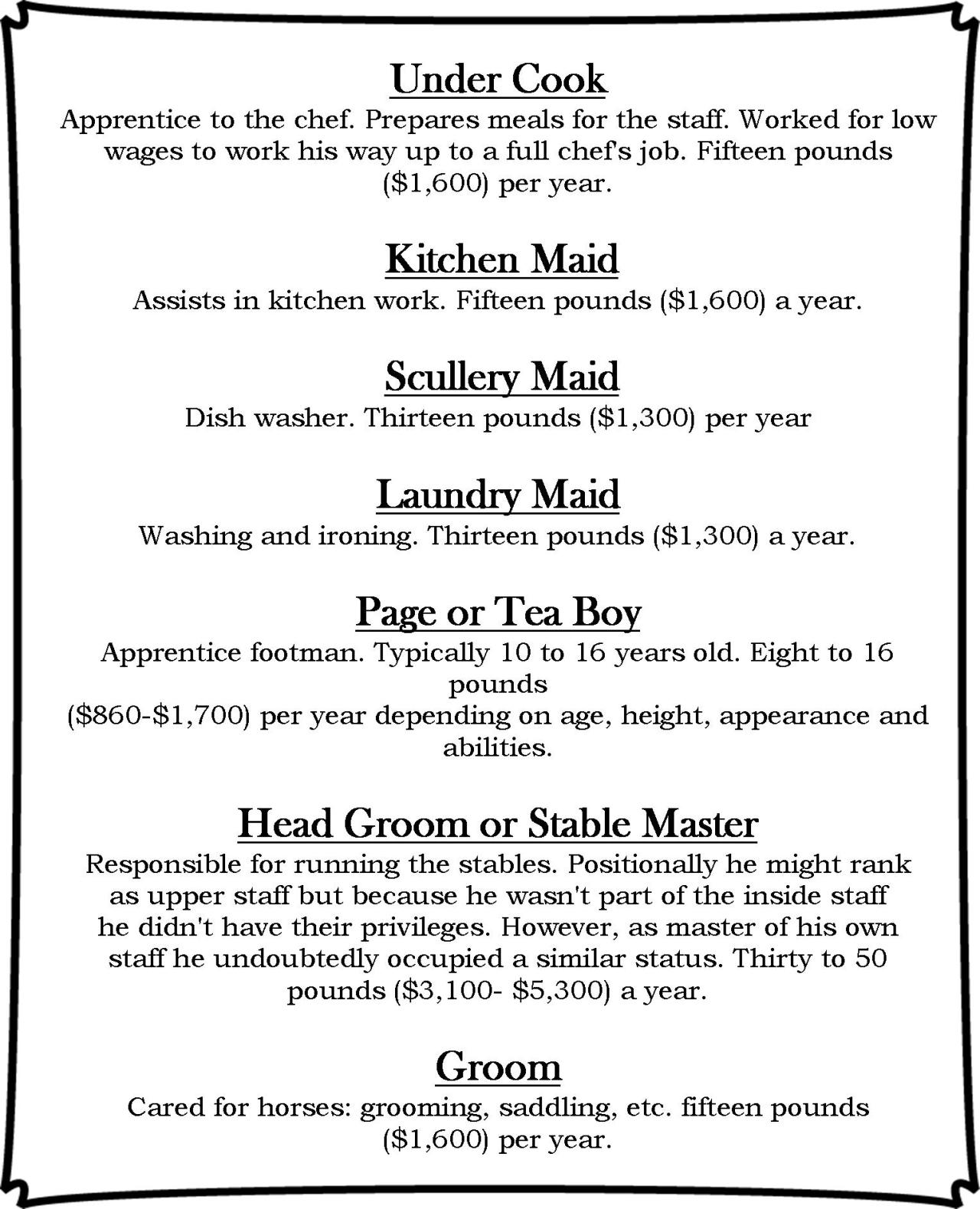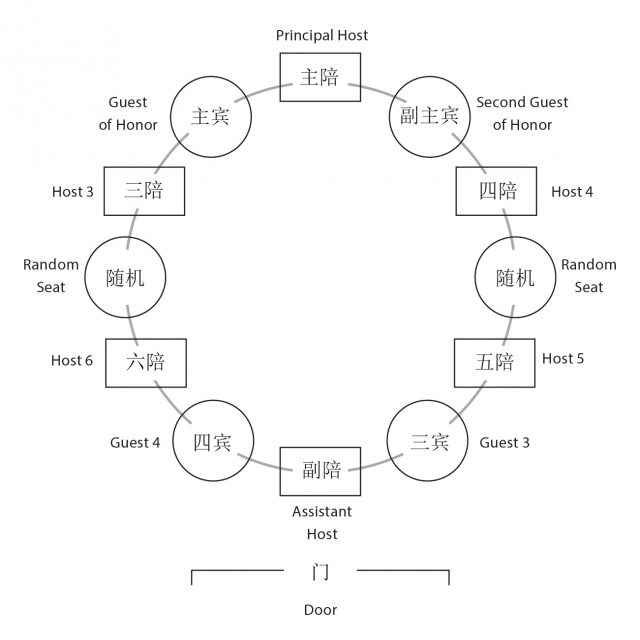Dec 19, 2013 The indoor servant hierarchy for a large household giving an impression of particular departments – late nineteenth century (BBC images). Servant leaders are a revolutionary bunch—they take the traditional power leadership model and turn it completely upside down. This new hierarchy puts the people—or employees, in a business. Like the rest of Victorian society, the servants were part of a strict hierarchy. Their work was very regimented and hard. Working hours were long and time-off very rare. However, there were rewards, such as good wages compared with other jobs like agriculture, with board and lodging included. The principal male servant was the Butler. This is one of the British nobility ranks that was created in 1337. It was derived from the Latin word, dux, which means the leader. This is the highest form of non-royal British hierarchy. The Duke is “Most Noble” and is styled “My Lord Duke”. All his younger sons are called.
- List Of Household Servants
- Victorian Domestic Servant Hierarchy And Wages
- Household Servant Hierarchy
- Household Servant Types

What would it be like to have no more bosses at work?
To answer that, ask an employee of Zappos.
For some time now, the online apparel retailer has been implementing “holacracy.” Holacracy is a management approach in which authority and decision-making are distributed throughout self-organizing teams rather than being vested in a managerial hierarchy. It eliminates as much of the traditional management structure as acceptable.
Indeed, in a recent memo to the Zappos staff, CEO Tony Hsieh said that his ultimate goal for Zappos is “self-organization” and “self management.” To get there faster, Zappos decreed the elimination of all bosses. “As of 4/30/15, in order to eliminate the legacy management hierarchy,” Hsieh wrote, “there will be effectively no more people managers.”*
Those who did not like the idea of no more bosses at Zappos got the choice to leave with a severance package. At last count, about 200 (14% of the workforce) reportedly did.
At Cairnway, we are particularly interested in watching holacracy and hierarchy at Zappos. We believe that being a servant-leader is not a function of one’s place in the org chart. We believe good things come when organizational pyramids are flipped or flattened, if not forbidden. We agree with Robert K. Greenleaf (who coined the term “servant leadership” back in 1970), that a team is best led by a primus inter pares – a first among equals.

In short, we believe that exceptional performance can be achieved through servant leadership with or without changes to the formal hierarchy.
And, thanks to Simon Sinek, we have some reason to think that a formal hierarchy might be necessary for organizational success.
In his latest book, Leaders Eat Last, Sinek explains, “Almost everything about us is purpose-built to help increase our opportunities for survival and success, and our need for leaders is no exception.” We need hierarchy as a matter of biology, Sinek says. Like other biological systems that influence behavior, “our need for hierarchies is linked to food and protection.” Within a well-functioning hierarchy (that is, where trust is high), people play their roles and don’t waste undue time and energy trying to dominate each other.
It’s a little counterintuitive, but Sinek makes a strong case: Hierarchy is “a system much more conducive to cooperation.” Hierarchical incentives are hard-wired into us and have helped our species achieve spectacular evolutionary success.
What do you think?
List Of Household Servants
Have we been focusing too much time on leadership development and not enough time on organizational design?
Victorian Domestic Servant Hierarchy And Wages
Should we, like Zappos, eliminate all bosses? Or, as Simon Sinek suggests, would we be better off accepting bosses as evolutionary givens and working to build the best ones possible?
We want to hear from you!
Household Servant Hierarchy
And don’t forget to download our latest ebook, Servant Leadership in the Workplace: A Brief Introduction. It’s free!


Household Servant Types
____________________________

* To read Tony Hsieh’s memo to Zappos employees, click here.